

A Complete Guide to Teak Maintenance on Your Sailboat

By Joshua Bremmerer, CEO at Komodo Covers Teak surfaces are divisive in the boating world—loved by some for their sparkling appearance and perfect grip, loathed by others for the perceived difficulty of teak maintenance. The reality is that teak is nothing to be afraid of, as long as you follow some essential tips to take care of the material properly, minimizing costs in the process.
Teak is famed for its various grains of hard and softwood, making it naturally adhesive and anti-slip in practically any weather condition. Furthermore, it maintains a relatively cool temperature , insulating a boat to avoid engine overheating. Due to the several types of wood, different teak maintenance methods can drastically affect its ability to last.
So, it’s crucial to take the following steps into account to make sure you don’t mark the surface and keep your boat in excellent condition.
Cleaning is king
First things first, whatever you do, don’t use high-pressure cleaners on your teak because they will destroy the softer wooden elements, leaving ridges and areas that can quickly rot. Additionally, hard brushes or powerful cleaning detergents will cause a similar effect, damaging the vulnerable soft sections.
Instead, it’s much better to do regular cleaning—weekly if possible—with a very soft brush or Brite pad. You will see good results from lightly brushing against the grain with a mild detergent. If you see mildew or just want to make your sailboat sparkle, you could consider using a tiny amount of bleach, but do it with caution.

Smooth sailing with sanding
Most boaters with a teak deck consider it a standard practice to sand the surface once a year before the start of a season. Sandpapers come in various grits—for a teak deck, between 80 and 120-grit is the ideal level. The higher the number of grit, the more slippery the deck will be, so a medium level is suitable for teak as it will maintain the characteristic non-slip.
Seal the deal
Once you have cleaned and sanded the teak evenly, you can be forgiven for clapping your hands together and proclaiming a “job well done.” But you are still missing one last step—and it is a crucial one. A teak sealer will prolong the natural appearance of the wood for years to come while maintaining the pristine condition. Depending on the type of seal, some can contain biocides and even UV inhibitors which go that extra step in terms of preservation.
Aside from sealers, you can also consider using teak oil products, but be careful on how much you apply as sometimes overapplication of oil can promote mildew growth. If your boat isn’t going to be used regularly, this may not be the best course of action. The other issue with teak oil is that it doesn’t last particularly long, usually 4-12 weeks, depending on how well you have applied it.
Following these tips will put you in a great position to get your boat ready for a season on the water. If you choose the right cleaning products, sand your deck appropriately, and seal it with a good sealer, you should be able to maintain your sailboat deck for longer than you had ever imagined!
About Josh Bremmerer

Josh Bremmerer is an innate navigator, an experienced leader in the boating industry with over a decade of experience in management and company development and a lifelong passion for boating. As the manager of Glacier Ski Shop, Josh grew the small Shop into a nationally recognized business and increased profits by 400%. With that background, it’s no wonder Josh started his own business in the boating industry: Komodo Covers .
10 Sailing Tips Essentials to Make You a Better Sailor!
Vallon launches sustainable sailing eyewear: ‘malizia’, 5 tips for anchoring your sailboat, from stainless steel to dyneema: a lifeline upgrade story, live your passion, subscribe to our mailing list.

- Boat Accessories
- Where to Buy

Special until July 31st: 24% off all products. Use Code JULY24 at checkout. *restrictions apply
Free ground shipping in the Continental US for any orders over $150!
Teak Deck Maintenance Guide...
Teak deck maintenance guide.
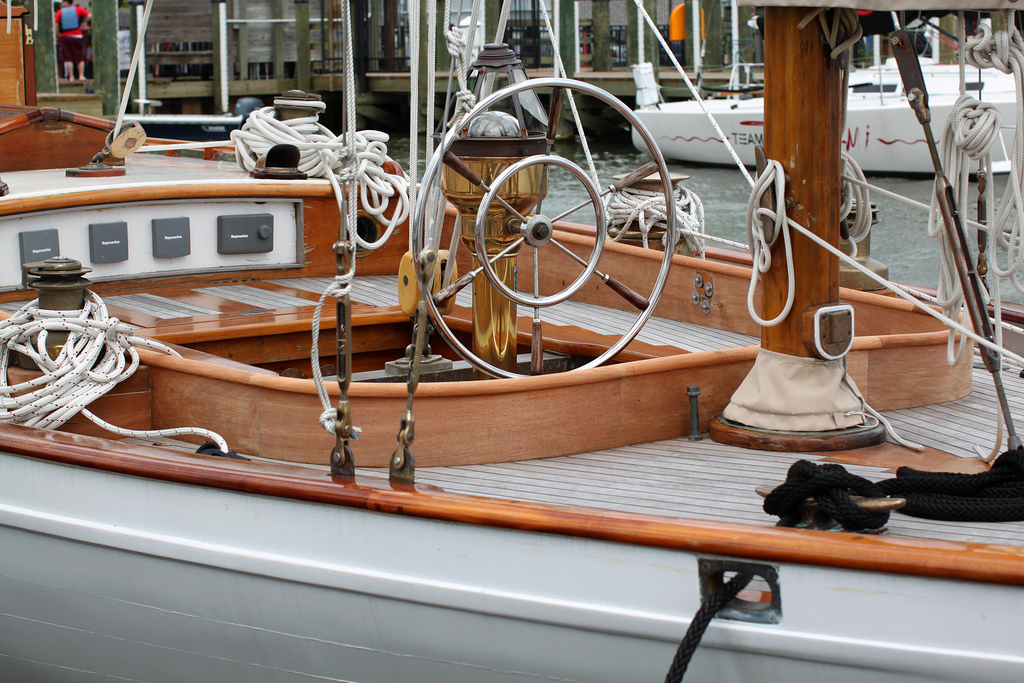
On certain parts of your boat, the more care you take, the more it will repay you. The rewards of your hard work: more luster and shine—and ultimately, more life from your boat. Nowhere is this more true than in dealing with your teak boat decking. Teak, like all woods, originally comes from live plants. Its organic nature means that it’s going to need more attention than metals. The good news here: with a few teak deck maintenance tips and the right tools, you can preserve its original luster over the long-term.
Make sure your teak deck is clean and dry before applying any protective coating.
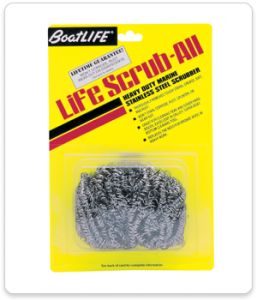
But one question remains: how do you best prepare your teak for protection like this? You can start with a stainless steel scrubber, like Life Scrub All . Designed specifically to handle teak and other hard woods, this scrubber will help you clear out specific spots that need work, clearing the way for your teak to look its best.
Never use general cleaner on teak.
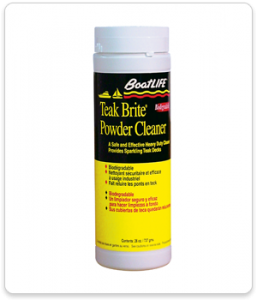
- Unlike two-part cleaners, this specialized product won’t remove the soft grain from your teak . This helps maintain the appearance and structure of your teak, even with a thorough cleaning.
- Simply cleaning teak with this product will prepare your teak for an oil sealer application , simplifying and making the entire teak restoration process more efficient.
Invest in a quality teak oil, and make it a ritual.
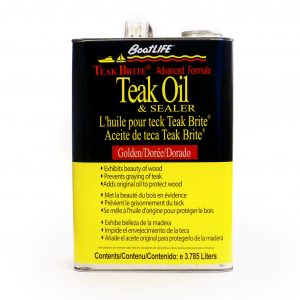
Remembering to oil a teak deck that has been cleaned and dried first —at least 24 hours of drying in advance for best results. Apply the oil with a paint brush and gentle strokes. In all likelihood, you may want to apply multiple thin coats. Teak deck maintenance shouldn’t feel like a chore. Simply follow these basic tips, get equipped with the right products, and you’re sure to enjoy long-lasting, quality teak for years to come.
Share this:
- Click to share on Twitter (Opens in new window)
- Click to share on Facebook (Opens in new window)
Featured Products
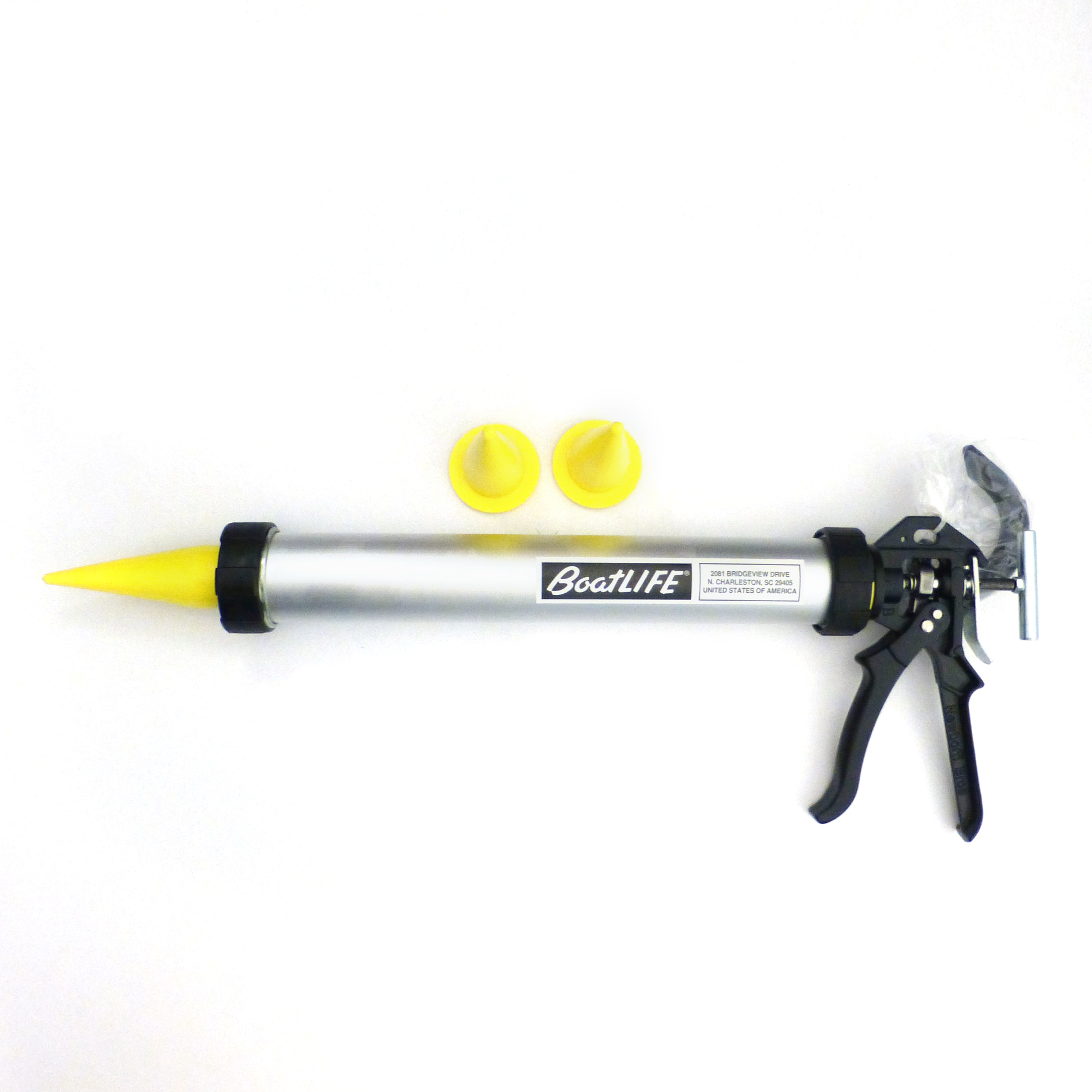
Liquid LifeSeal® Sealant 5.2 fl. oz. Clear

Stainless Steel Cleaner 16 fl. oz.
Related blogs, updated how to use “git”-rot.
**This is an update to a previous post, “How to Use “Git”-Rot””. The presence of wood rot can ruin any […]
Thanksgiving Trivia!
Happy Thanksgiving! Thanksgiving is one of America’s oldest and most loved holidays. Although the story is steeped in a dark […]
Detailing Your Boat
On a warm summer day with the sun shining, there’s no better way to spend your time than by hitting […]
All products proudly made in the usa

Teak Maintenance Tips
- By Capt. Eric Brush
- Updated: March 3, 2019
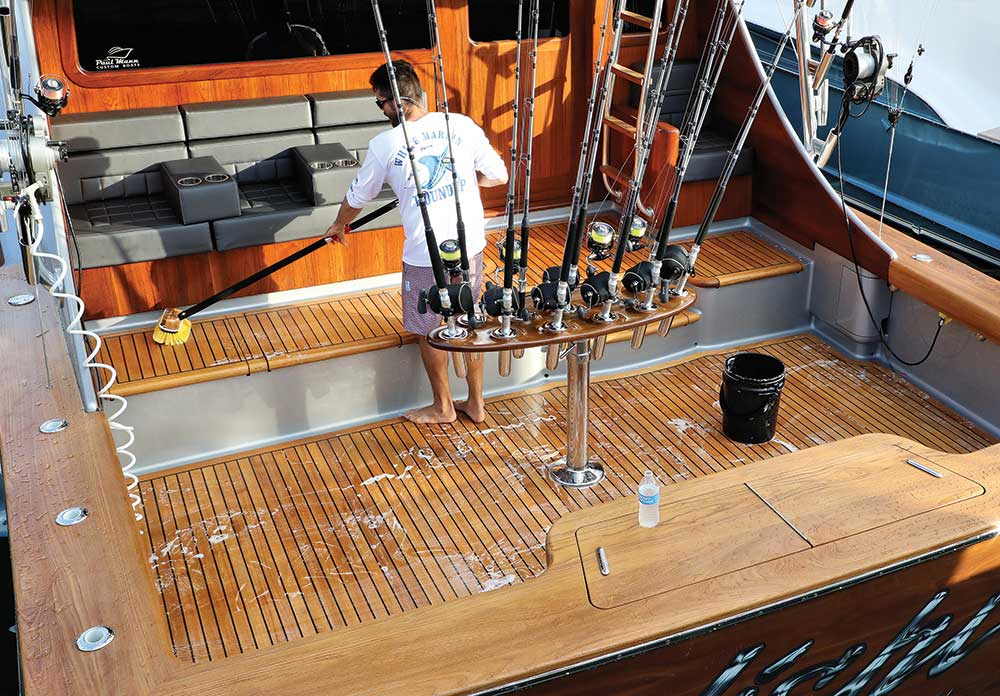
We have a love-hate relationship with teak. It looks amazing, provides excellent grip, hides footprints, and reduces glare, but the maintenance can be a struggle for just about anyone.
When walking the docks during a tournament, it is clear that these teams might be hard on their equipment, but they also maintain their boats to arguably the highest standards in the industry. Sometimes, the products and techniques that work for a more conventional boater or even for a motoryacht simply are not right for them.
There is both hard and soft grain in the wood, so each part of that grain will wear at a different rate. It is important to understand what effects certain maintenance techniques and products will have.
In the outfitting business, we are asked every day: What is the latest and greatest in teak maintenance? Like many products, there are trends and what is popular today might not be popular tomorrow. I have also realized that it is not which product is the best, but which products and maintenance techniques are the right ones for your specific vessel and fishing style.
Makeup of the Wood
Let’s start with an understanding of teak. There is both hard and soft grain in the wood, so each part of that grain will wear at a different rate. It is important to understand what effects certain maintenance techniques and products will have.For example, when you sand teak with heavy-grit paper, both the hard and soft grain is taken down evenly. When you acid-wash teak and scrub with the grain, or use a brush or pad that’s too aggressive, you take away the soft grains of the teak, leaving high ridges of the harder grain to collect mildew and dirt. Not a good look.
Cleaning and Basic Maintenance
The best maintenance routine is a weekly cleaning with a soft brush or fine Scotch-Brite pad if needed, against the grain with a mild detergent or boat soap. Add a very small amount of bleach if you are seeing mildew or just want to brighten it up. To get the look you want, you also can use a teak-brightening product, but this is strictly for looks and it doesn’t do anything to preserve the wood. An occasional light sanding with 120-grit wet/dry paper or a sanding sponge and a good sealer will keep your teak looking great for a long time.
If a weekly scrub of regular detergent, sudsy ammonia or eco-friendly teak cleaners aren’t working, think about why. Don’t just try a bunch of cleaners and degreasers. Are you harder than normal on the teak? Spills? Exhaust soot? Some cleaners might work better than others for your issues. Resorting to two-step cleaners or acids more often than you should might look great in the short term, but you might be bringing your problems back sooner than later by unnecessarily wearing down your deck. So use caution with the frequency of two-step cleaners.
Perhaps you’ve heard of products that some pros use and wonder why you are using the same ones and not getting similar results. Maintenance programs vary. Be sure you ask for specifics. Some cleaners have a degreaser, but you might need something to kill mold or vice versa. Seek advice from a professional whose teak looks the way you want; make sure you are using the products in the same way they do — not just the same products.
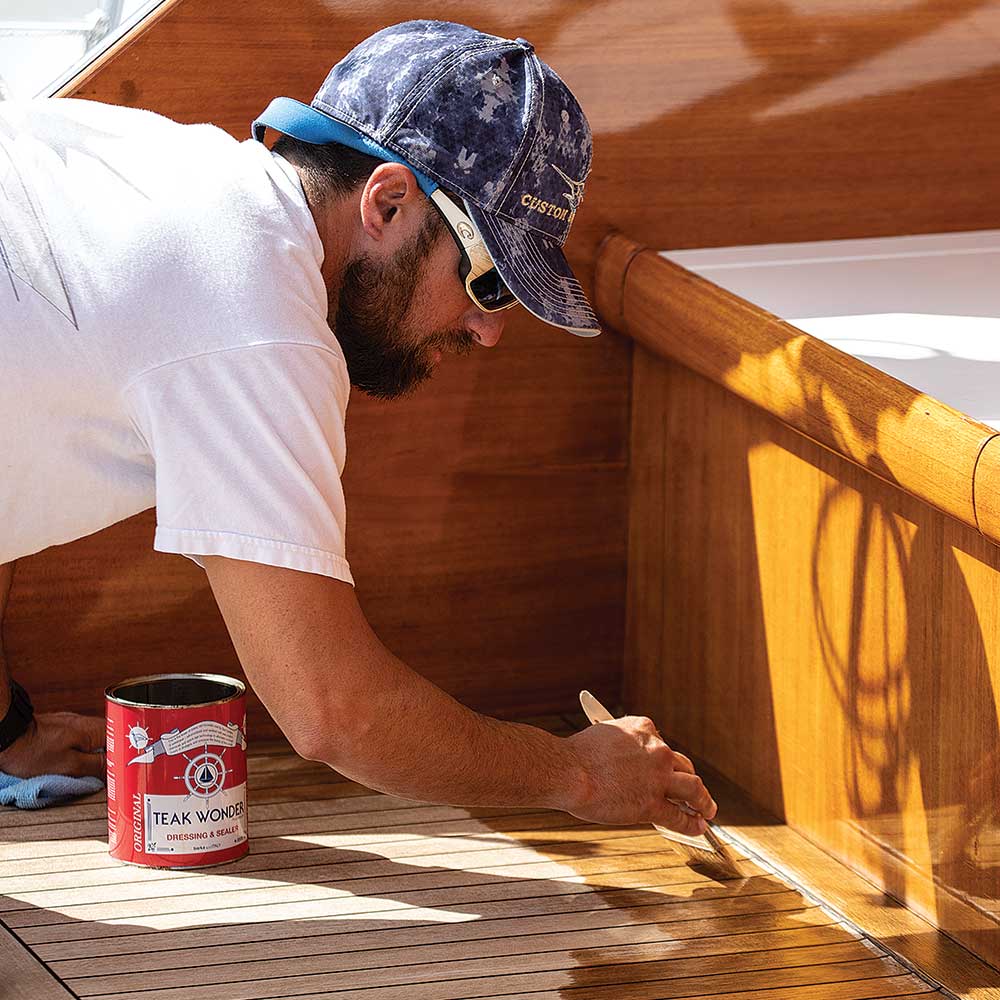
Go for a Clean Slate
Sanding your deck and covering boards once a year is standard practice for fresh-looking teak. A good sanding can be better for the longevity of your deck than a two-step cleaner, because the hard and soft grain is taken down evenly. Finishing with 80-grit leaves a nice unpolished teak surface that isn’t slippery, but it might require some extra maintenance because the grain is left a little more open.
An 80-grit sanding on the deck and a 120-grit finish on the covering boards might be a good solution for a boat with a crew that tends to their teak on a regular basis. The higher number grit you use, the more slippery the deck becomes, so this finish is the perfect medium: not too slippery, but it tightens the grain up on the covering boards to provide a little more resistance to abuse.
Read Next: All About Teak
Finish the Job
Once you have the teak looking exactly the way you like it — either after a sanding or a proper cleaning — a teak sealer prolongs the natural appearance of the wood while sealing the grain. Some sealers and oils add biocides and UV inhibitors, which can really extend that pristine condition.
Always consider the appearance you are trying to achieve, any environmental factors and boat use when deciding which sealer to use; some do not change the appearance of the teak if you like a natural look. A few popular sealers are Semco and a new product call Triton by Ditec. Teak oil products are also an option, although some will promote the growth of mildew — probably not something you want to use if the boat sits for a long time without regular maintenance. In sport boat applications, oils are usually only used on covering boards and deck trim, and will definitely change the look of the wood. Again, consult a teak professional or a captain with a boat that has the look you are going for to be sure the product will work for you before applying it.
Keeping your boat’s teak ready for the season will be a much easier process when you thoroughly evaluate your individual needs, sand appropriately and at the correct intervals, choose the right products, and apply them properly for the look you would like to achieve.
- More: behind the boat , Boat Maintenance , Ship Systems , Sport Fishing Boats
Free Email Newsletters
Sign up for free Marlin Group emails to receive expert big-game content along with key tournament updates and to get advanced notice of new expeditions as they’re introduced.
This site is protected by reCAPTCHA and the Google Privacy Policy and Terms of Service apply.
By signing up you agree to receive communications from Marlin and select partners in accordance with our Privacy Policy . You may opt out of email messages/withdraw consent at any time.

Bipartisan Legislation Seeks to Balance Right Whale Protection and Economic Impact

F&S 68 Preview on the Drawing Board

Boat Buying Tip: Prepare for Survey Deficiencies

Rybovich 82: A Testament to Craftsmanship

Fred Garth Named Executive Director of Billfish Conservation Project

Pirate’s Cove Delivers Big Despite Tough Fishing

Navigation is Easy? Think Again

The 2024 White Marlin Open Lives Up to the Hype
- Digital Edition
- Customer Service
- Privacy Policy
- Terms of Use
- Email Newsletters
- Tournaments
- Expeditions
Many products featured on this site were editorially chosen. Marlin may receive financial compensation for products purchased through this site.
Copyright © 2024 Marlin. A Bonnier LLC Company . All rights reserved. Reproduction in whole or in part without permission is prohibited.
Sign up for free Marlin Group emails to receive expert big-game content along with key tournament updates and to get advanced notice of new expeditions as they’re introduced.
Subscribe to Marlin
Subscribe now to get seven keepsake print editions of Marlin per year, along with instant access to a digital archive of past issues, all for only $29 per year.
- Bermuda Triple Crown
- Los Cabos Billfish Tournament
- Offshore World Championship
- Scrub Island Billfish Series
- Marlin Expeditions
- Guatemala – Ladies Only
- Kona, Hawaii
- Nova Scotia
- Dominican Republic
- Galápagos Islands
- Expert Instructors
- Corporate Retreats
- Our Sponsors
- Newsletters
Practical Boat Owner
- Digital edition

The truth about teak decks
- Ben Meakins
- March 1, 2016
Shipwright Robin Benjamin says modern, thin teak decks need lots of regular care, and so it’s vital to follow his advice on how to keep them looking good

In the last 15 years I have worked on more teak decks than I care to remember, writes Robin Benjamin : I think I’ve seen every problem that exists. What you have to know straight away is that, like anything, teak decks need looking after. If you take care of your decks they may last 20 years or more, if you don’t you’ll be appalled at how awful they look after only five. Because solid teak decks have been the norm for hundreds of years they have understandably earned a serious reputation for longevity. Today’s teak decks are not the same thing at all.

In many cases modern teak decks are little more than a quick way for the manufacturer to up the ‘class’ of their product. Many are poorly fitted, the wood is too thin and the caulking gap too narrow. Because of the minimal amount of wood involved the best plug on the deck might only be 3mm deep. Likewise, the caulking, unless of adequate depth and width, will not remain glued as the wood moves. However, all these problems would amount to little if folk took care of their teak decks. The most important advice is to wash the deck every week but few people can spare the time. It’s quite simple however: if you don’t wash your deck regularly it will soon go grey and dirty.
Don’t scrub

This is how worn teak decks can become after only five years of regular scrubbing and sanding
I’ve seen it done: the owner is standing there, his trouser legs rolled up, his knees red. True, his deck looks great… from the pontoon. But if you look carefully you’ll see grooves in the planks where the softer areas of grain have simply vanished. This is how it starts. Consider that you began with a lovely smooth surface, like a CD for example. After scrubbing it looks more like an LP record, but worse, much worse. Imagine now how quickly the ‘peaks’ will wear down as you walk on them. Of course it doesn’t end here, this is only the beginning. To keep your deck clean there is only one way, and that is a gentle wash with nothing more violent than a light detergent and a large sponge or very soft brush. If you do this regularly you will not wear down the teak, but you will wash off the dirt before it gets ingrained. Dirt contributes to the wear of a teak deck. If this approach doesn’t work then you can try oxalic acid. Dissolve some crystals in warm water, do not breathe the vapours and make sure you wear gloves. It burns. Rinse well. Oxalic acid should not harm anything on the boat except your skin. There are plenty of products that do the same thing but cost a lot more. If acid doesn’t bring back the colour then there’s only one thing left to do if you want a lovely looking teak deck, and that is to sand it. But if you want my advice: continue to wash it carefully and often, with soap, and live with the deck not looking its best. For some reason no one listens to me. I gladly advise people on how to look after their decks for free, even if it means I don’t get any work. It’s better for everyone, except me, that you take my advice. Yet despite this I still see people scrubbing their teak. I shake my head in wonder. Did I not explain what would happen if they scrubbed? ‘But it looks so great!’ they say. ‘So what’s the problem?’ The problem is that the next time they see their decks they will look grey and dirty again. The only difference will be that there is less teak than there was before. If your feet don’t wear down the peaks then they’ll fill up with dirt, making it look even worse. There’s only one way to get it out – more scrubbing. This time you’ll have to scrub harder to see a result. Can you see what’s happening? There will come a point soon when you decide the decks are looking pretty rough and need a good sanding.
Sand me timbers!
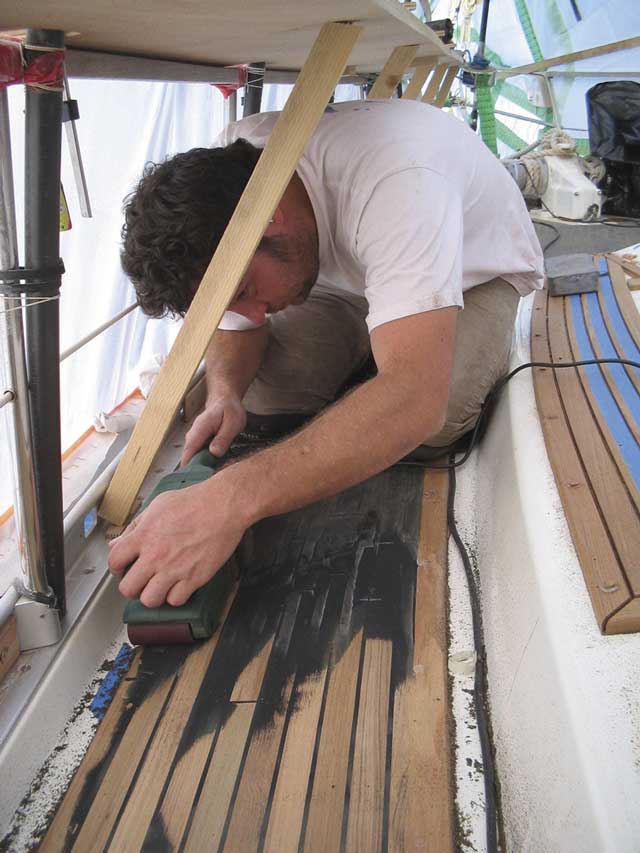
New decks get sanded to make everything look nice and flush – but it’s not a good idea to repeat this too often
Boatyards are very keen to do this work for you and why not? Next time you see the boat it will look great and they know you’ll be back, because soon the caulking will start to roll out in long spaghetti-like strips and the plugs will fall out, exposing the screws and making water ingress all the more likely. Now you’ve really got a problem. The plugs are not too much trouble but there will be hundreds to do. The real problem is the caulking. Just because some of it comes out really easily does not mean that it will all be like that. No, some of it will be sticking just like the manufacturer intended. You can make a special scraper to remove it but inevitably you will slip, damage areas and, even worse, you will enlarge the groove. If you’re really lucky you might be able to use a router for about 35% of the deck, but routers are vicious and it’s all too easy to make a mistake. Even a small enlargement of the slot will look terrible. Not only that but you’ll need a curved guide to run the router along for each slot. This takes ages. Bad enough if you’re doing it yourself, but it’s unbelievable if you’re paying a yard. Specialist tools exist but they are hideously expensive and it’s only the specialist yards that are likely to have them. Unfortunately the yard will be charging by the hour and there’s always a lot of work on any teak deck. So what are the options now that your deck is worn out? You can’t just remove it, because underneath it will be horrid. If it was laid properly in the first place they will have keyed in the glued surface and that means taking to it with a grinder on a plastic boat. And you’ll still have to cover the decks to hide the mess. So I hope you can see that I’m advocating care and prevention for your lovely teak deck. To just leave it uncared for is an outrageous waste of a precious resource. If that isn’t enough to make you care for your deck, then consider the cost of replacement. Teak costs approximately £3,000 a cubic metre. But you’ll need a lot more than you think, because just cutting down a big plank to size wastes a hideous amount of wood. The cost of the teak is a large part of the final bill. Basically you can quadruple the price of the teak to take into account the cost of first measuring and photographing the original deck to ensure everything fits properly, the cleaning up of the surface underneath and finally replacing the wood. To do the job properly you may have to remove the chain plates and that means dropping the mast and completely readjusting it afterwards. Not only that, but all those deck fittings that haven’t been touched for years will need to be removed. And don’t be surprised if many of the bolts are hell to get out or break in the process. It’s possible that some of the bolts were made specially or have been glassed over. You’ll need somewhere to do all this. Perhaps it’s possible to make a good cover but even this adds to the cost. The alternative is to put the boat in a shed somewhere. Anything is possible but it always costs. Replacing a teak deck is a massive job. To replace the decks on a 9m (30ft) boat is six weeks’ work – three months for a 15m (50-footer). We are talking about many thousands of pounds and your boat out of action for a while. There are other considerations before you decide on a teak deck. They weigh more: the caulking is surprisingly heavy, not to mention the wood and the thousands of screws. Perhaps what worries me most about laid decks on glassfibre boats is that you have to make thousands of holes in an otherwise perfectly waterproof surface to hold the deck down. Many fibreglass boats’ decks are balsa cored, that is to say, the deck is made of two layers of fibreglass with a layer of balsa wood in between. Balsa wood will not last long if it gets wet, yet this strikes me as very likely. The law of averages suggests that if you make 2,000 holes in a deck the chances of them all staying waterproof for years on end is pretty slim. What happens when the balsa has rotted away? I just don’t think making thousands of holes in a deck is wise. It is possible to lay a teak deck without screws, but it takes longer and therefore costs more.
So let’s sum up and cover up On the one hand I am thankful for owners and teak decks since they allow me the life I lead, but on the other I am very sad at the waste of it all. People could save themselves a lot of time, inconvenience and money if they just took care of their decks. And for some reason no one wants to spend money on ‘posh’ covers to protect their boat. Covers are initially expensive but they will repay their cost several times over. Not only will you not be required to replace your decks but you’ll be able to sell your boat for more because it has obviously been well looked after. It’s not just teak decks that will benefit from protection – plastic windows, instruments and gel coat will all last longer if kept out of the sun, wind and rain. The Grand Canyon was created by erosion from the elements. When you think like that, surely you can understand why I recommend covering up. I can only do my bit. I can’t change the world and I can’t change fashion, but I hope I can slow down the damage by telling the truth. So now you know. And remember: don’t scrub!
The good, the bad and the ugly

With decking that is very thin, the plugs over the fastenings are even thinner and can lift if the glue fails

This plug seems to have a problem. It could be loose and holding moisture, or the fastening is corroding

s Covers over vulnerable varnished work make sense, but a complete cover will also protect the deck

s Stains from oil and ferrous metal can be very awkward to remove from teak – try oxalic acid
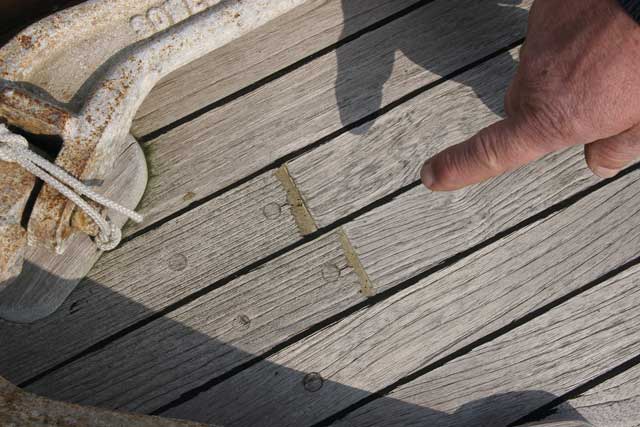
Even old-style decks can have their problems. Here, to avoid butt joints, the planks had been scarfed together and, after many years, the feathered edge started to lift. The owner simply fixed it with epoxy

This thin timber decking has lost its caulking compound and the corner is starting to deteriorate
Tips for keeping teak in top condition
- Wash gently once a week
- Use a light detergent and soft sponge or very soft brush
- Tackle tough stains with oxalic acid solution
- Fit a cover over the whole deck
- Repair loose caulk and plugs promptly
- Scrub with a hard brush
- Leave decks to get really dirty
- Sand except as a last resort
This article was originally published in the June 2007 issue of PBO.

10 Teak Cleaners tested
We get scrubbing to find out what effect a variety of teak cleaners have on the woodwork of a Sigma…

Masking up teak decks
get the tape that sticks...
Cutting expensive teak-faced ply
How to get a neat edge

9 tips for using sealant
Premium bonding: some techniques for getting the most out of sealant without ending up covered in the sticky stuff!

How to stop a swing keel leak
John Taylor finds a car steering rack gaiter stops leaks from the lifting cable of his swing keel

Winterising a boat: 61 point checklist
PBO experts offer their top tips for winterising a boat, helping to keep your vessel and gear in good condition…

The great UK antifouling test for cruising yachts
20 antifouling paints tested in 13 UK locations: which works best where you keep your boat?
- Teak Decks: Navigating the World of Boat Decking
When you picture a luxurious yacht or a classic sailboat, what's one common feature that instantly comes to mind? Teak decks! These stunning wood surfaces have been a hallmark of marine craftsmanship for decades. In this comprehensive guide, we'll set sail through the world of teak decks, exploring everything from their history and allure to the various options available in the market today. So, fasten your lifejacket , and let's dive into the world of teak decking for boats.
The Rich History of Teak Decks
Teak, scientifically known as Tectona grandis, is a hardwood native to Southeast Asia. Its use in boat building can be traced back centuries. We'll journey through time to uncover the rich history of teak decks and why they have stood the test of time.
Defining Teak: A Wood of Distinction
Before we proceed, let's define teak wood and its exceptional qualities that make it a prized material for boat decking. We'll explore its natural characteristics and why it's highly sought after in the marine industry.
Read more useful sailing tips:
The allure of teak decks, the aesthetic appeal.
Teak decks are renowned for their breathtaking aesthetics. We'll discuss how the warm, golden hue of teak wood enhances the visual appeal of boats, adding a touch of elegance and luxury.
Unmatched Durability
Teak wood's natural oils and density make it exceptionally durable in the harsh marine environment. We'll delve into the longevity and robustness of teak decking, explaining why it's a preferred choice for boat owners.
Comfort Underfoot
The comfort of teak underfoot is often praised by sailors. We'll discuss how teak decks provide a non-slip surface and a comfortable feel, even in the most challenging sea conditions.
Types of Teak Decking
Traditional teak decking.
Traditional teak decking involves individual teak planks assembled on the boat's deck. We'll explore the craftsmanship involved and its classic appeal.
Synthetic Teak Decking
For those seeking a low-maintenance alternative, synthetic teak decking is gaining popularity. We'll discuss the benefits and drawbacks of this modern solution.
Teak Deck Systems
Teak deck systems offer innovative installation methods. We'll explain the different systems available and their advantages.
Maintenance and Care
Preserving the beauty.
Teak decks require proper maintenance to keep their beauty intact. We'll provide tips on cleaning, sealing, and preserving your teak decking.
Restoring Weathered Teak
Over time, teak can weather and lose its luster. We'll explore the process of restoring weathered teak to its former glory.
Read our top notch articles on topics such as sailing, sailing tips and destinations in our Magazine.
Navigating the Market
Teak decking for boats in the uk.
If you're a boat owner in the UK, we've got you covered. We'll guide you through the options available for teak decking for boats in the United Kingdom.
Teak Yacht Decking
Yachts demand the utmost in elegance. We'll discuss teak yacht decking and how it caters to the discerning tastes of yacht owners.
In conclusion, teak decks are not just a functional element of a boat; they are a symbol of timeless elegance and craftsmanship. Whether you're a boat owner looking for a classic touch or a modern solution, the world of teak decking offers a variety of options to suit your needs. So, set sail with teak, and elevate your boating experience with its allure and durability.
So what are you waiting for? Take a look at our range of charter boats and head to some of our favourite sailing destinations .

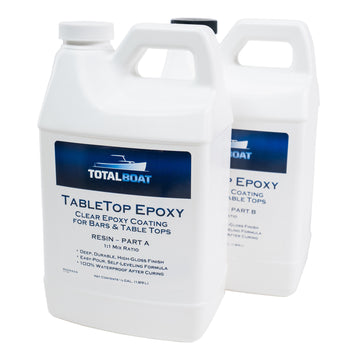
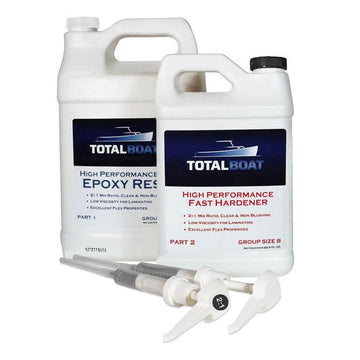
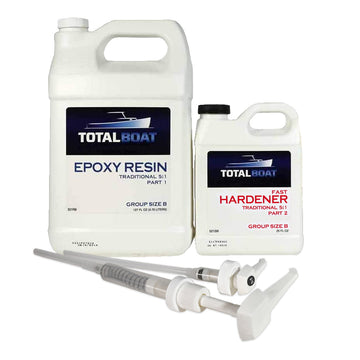
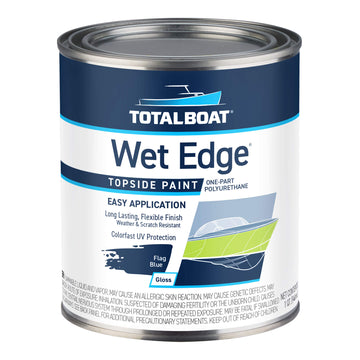
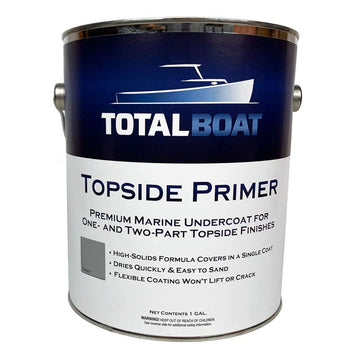
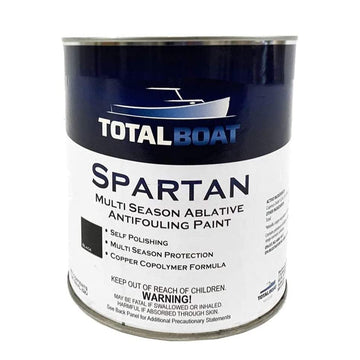
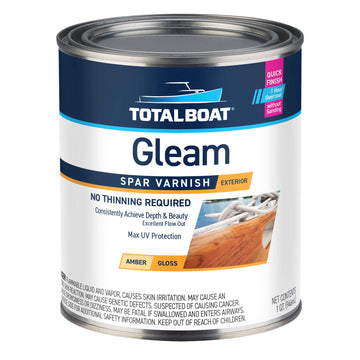
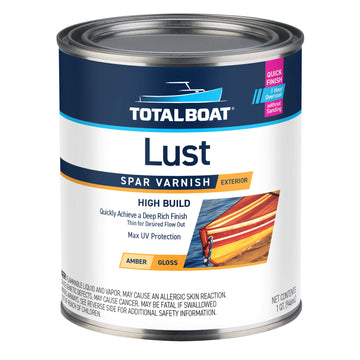
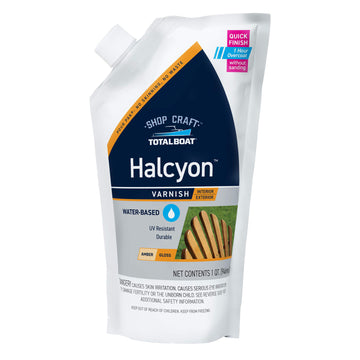
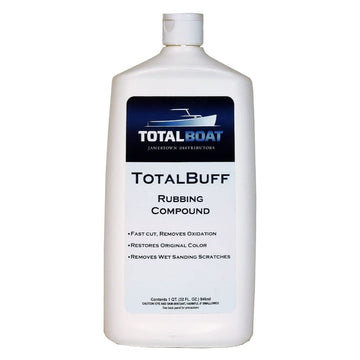
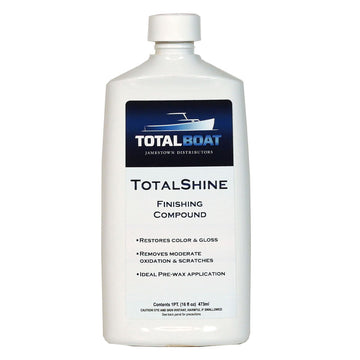
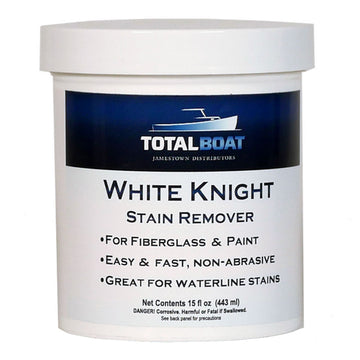


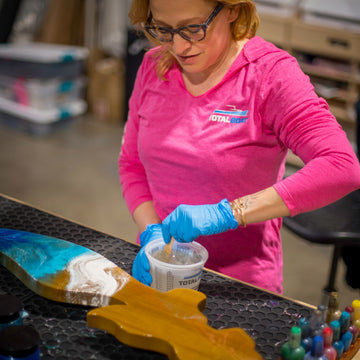
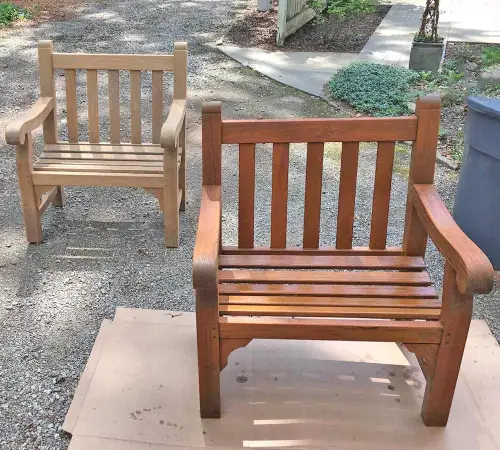


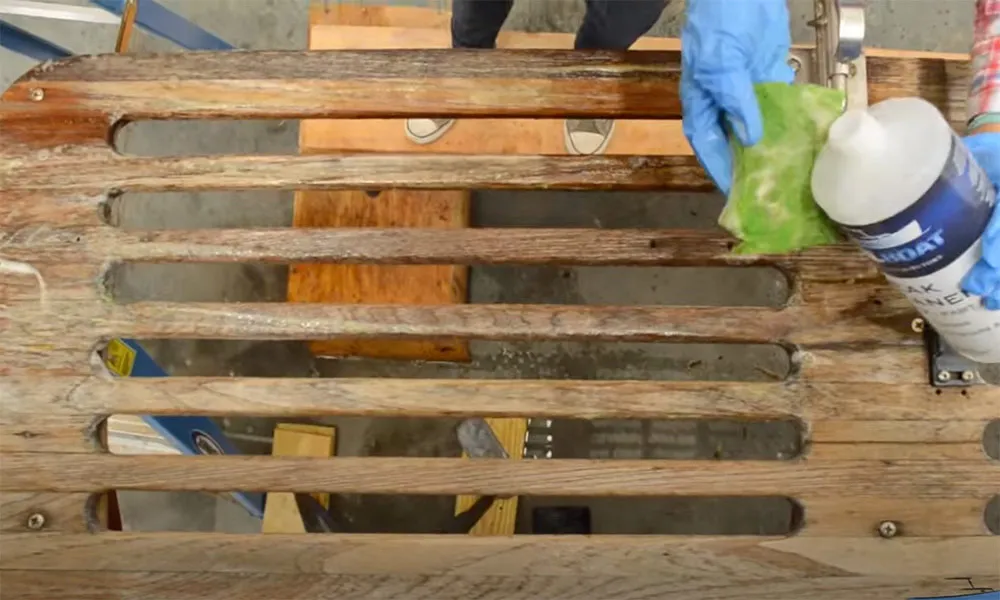
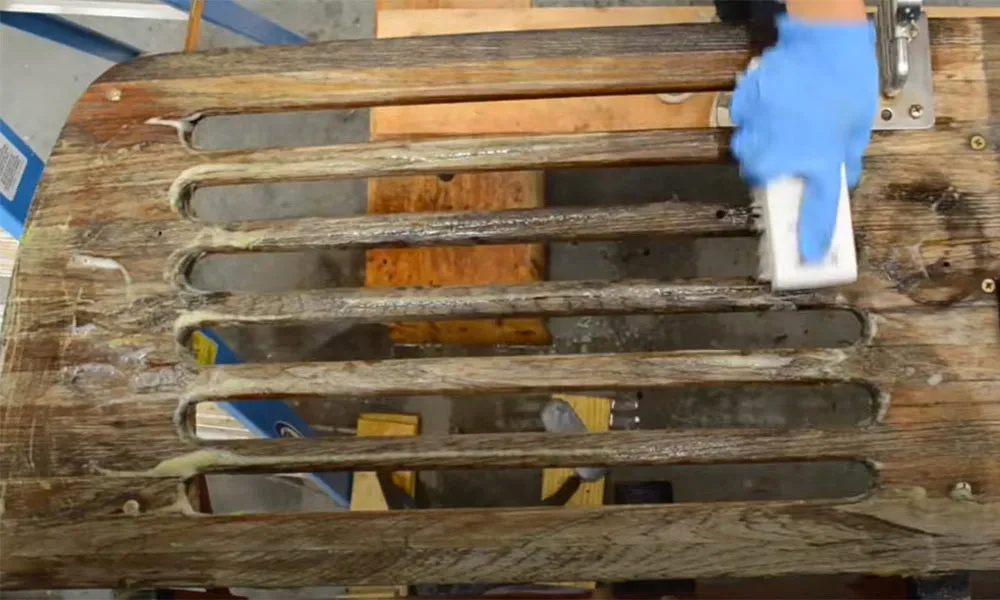
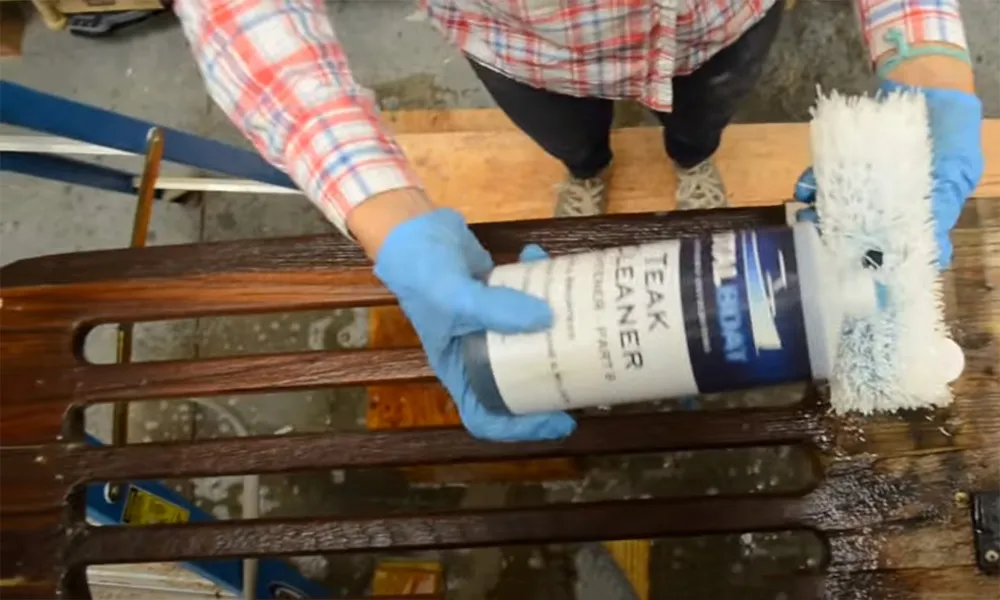
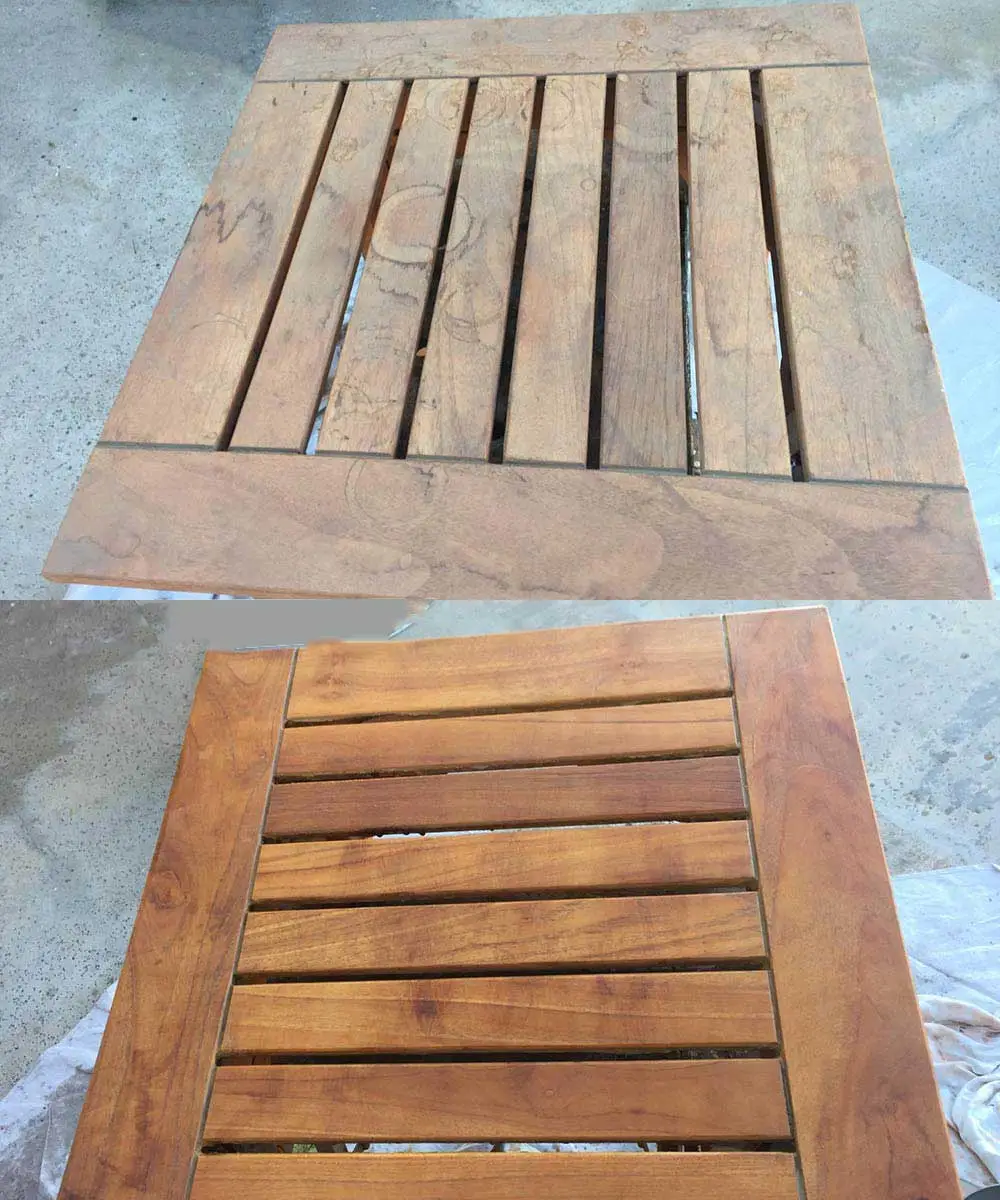
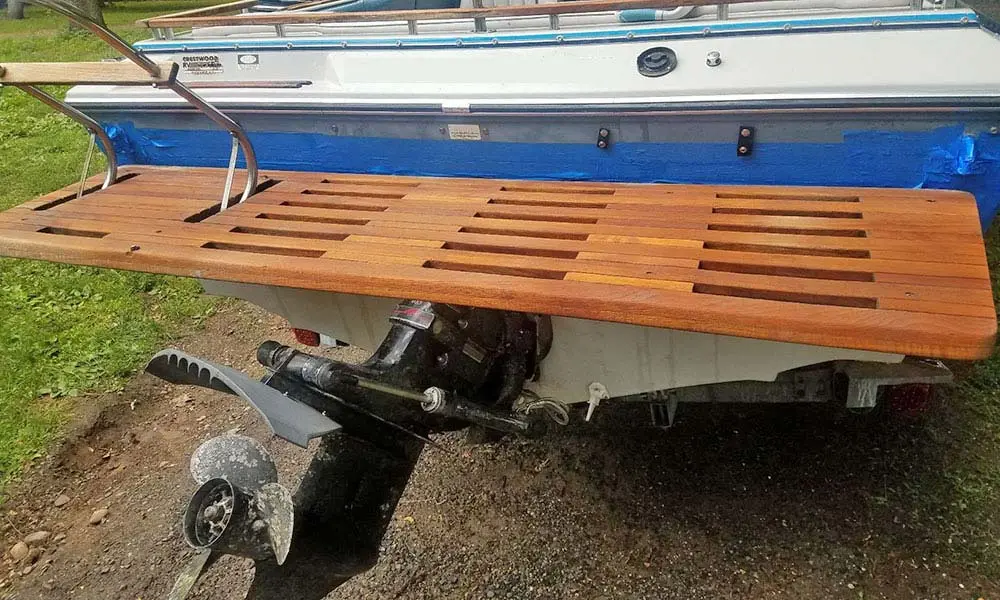

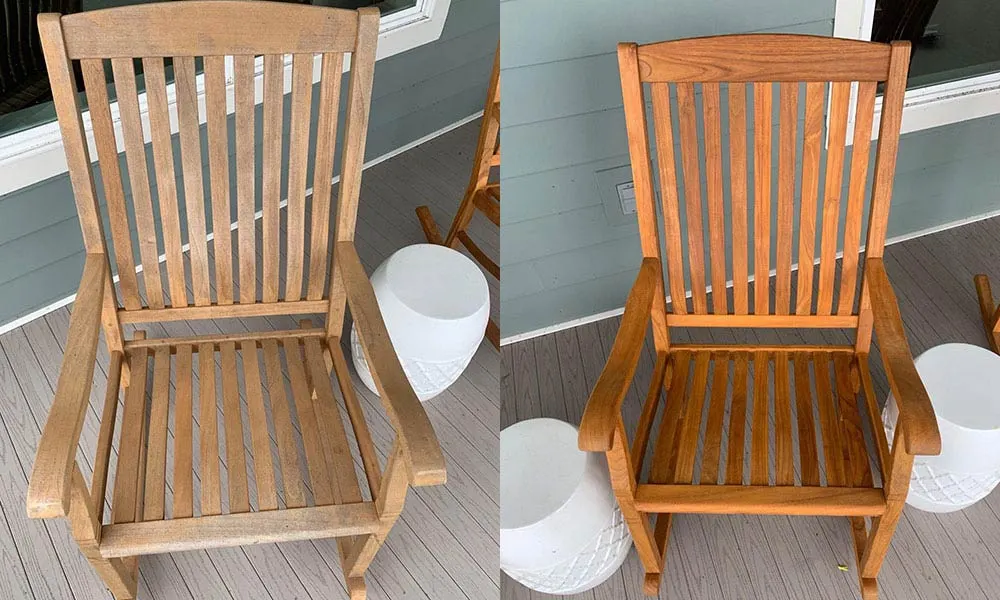
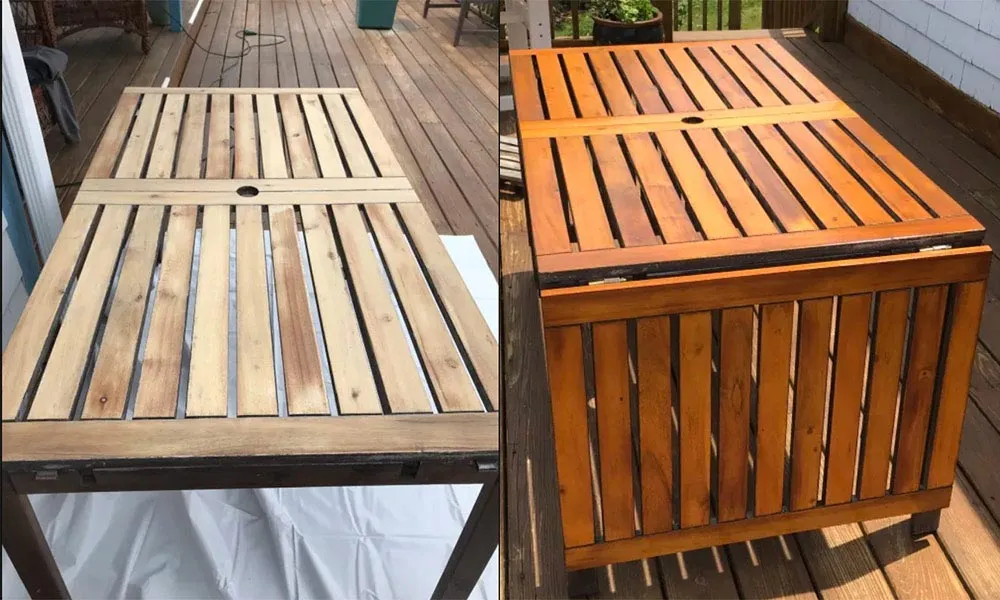
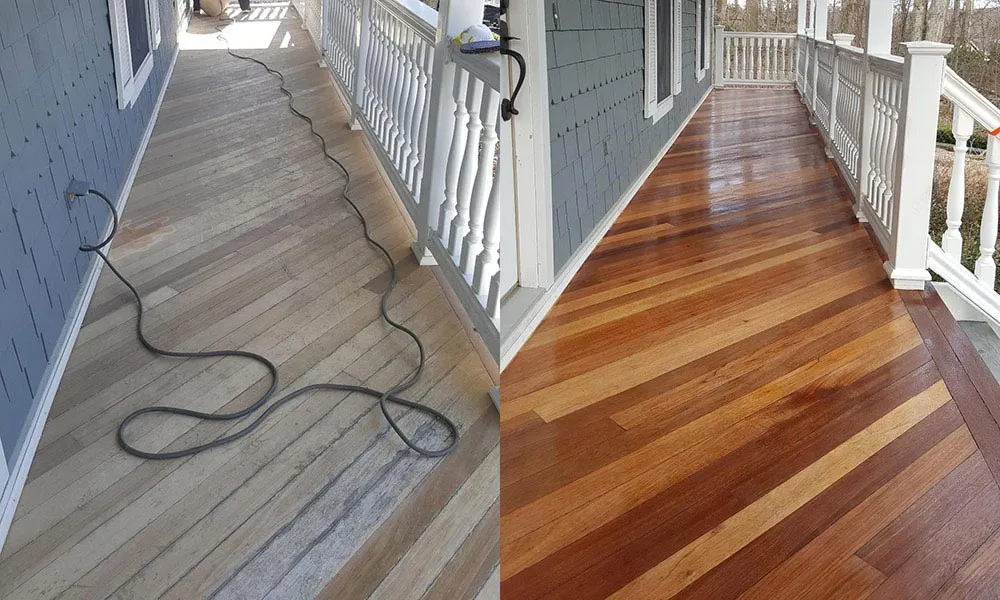

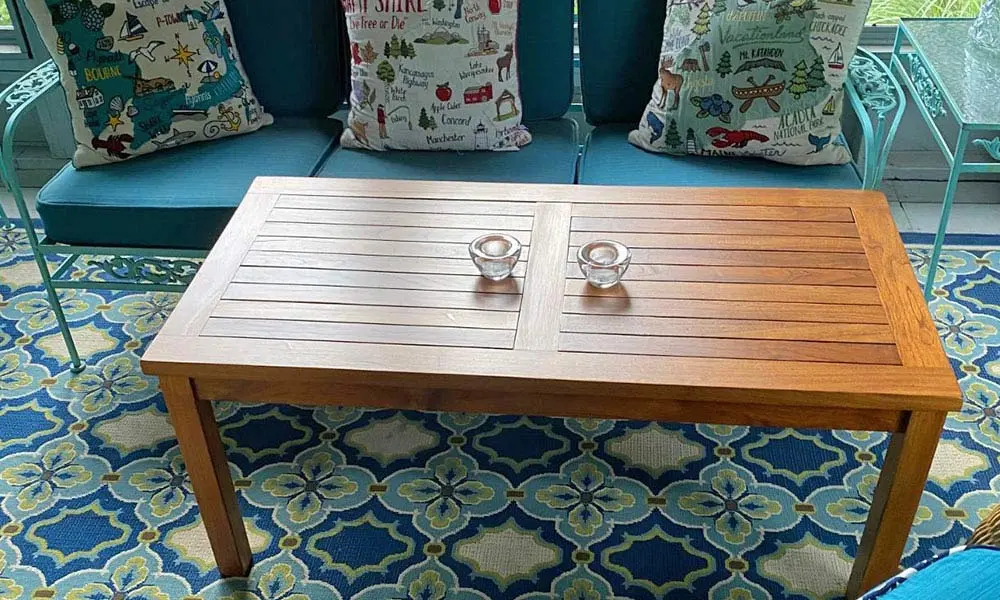
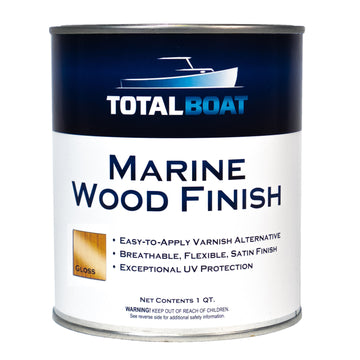

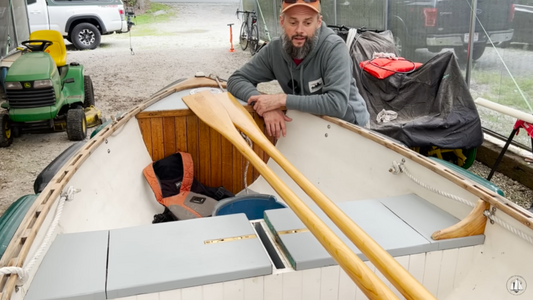




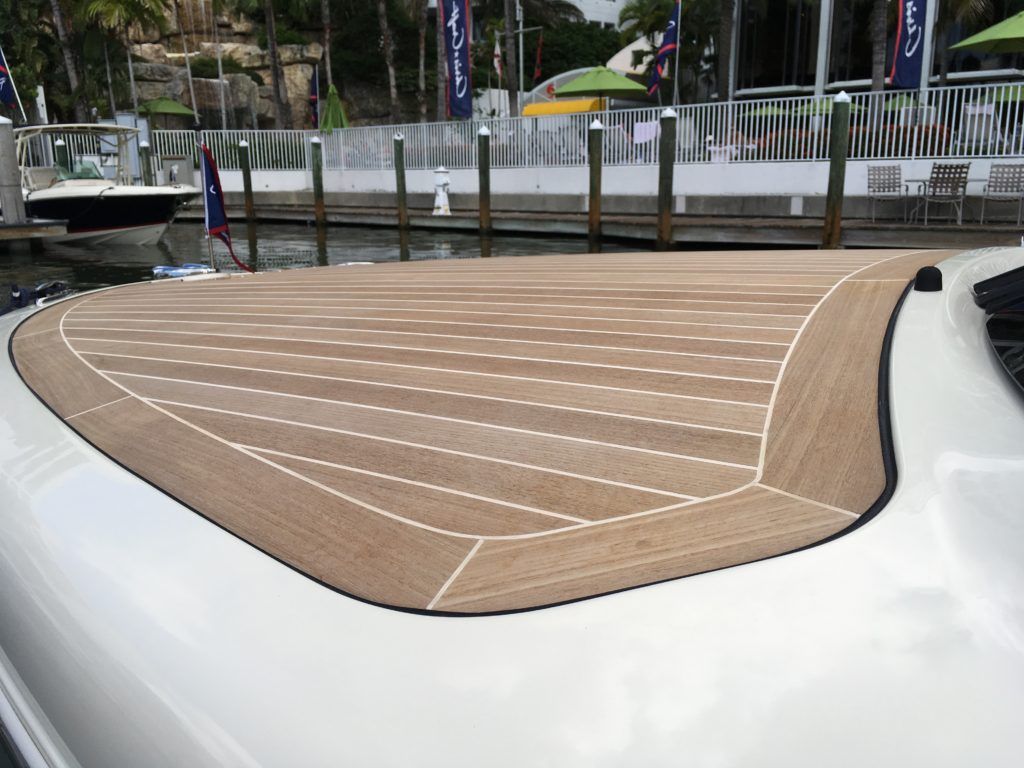
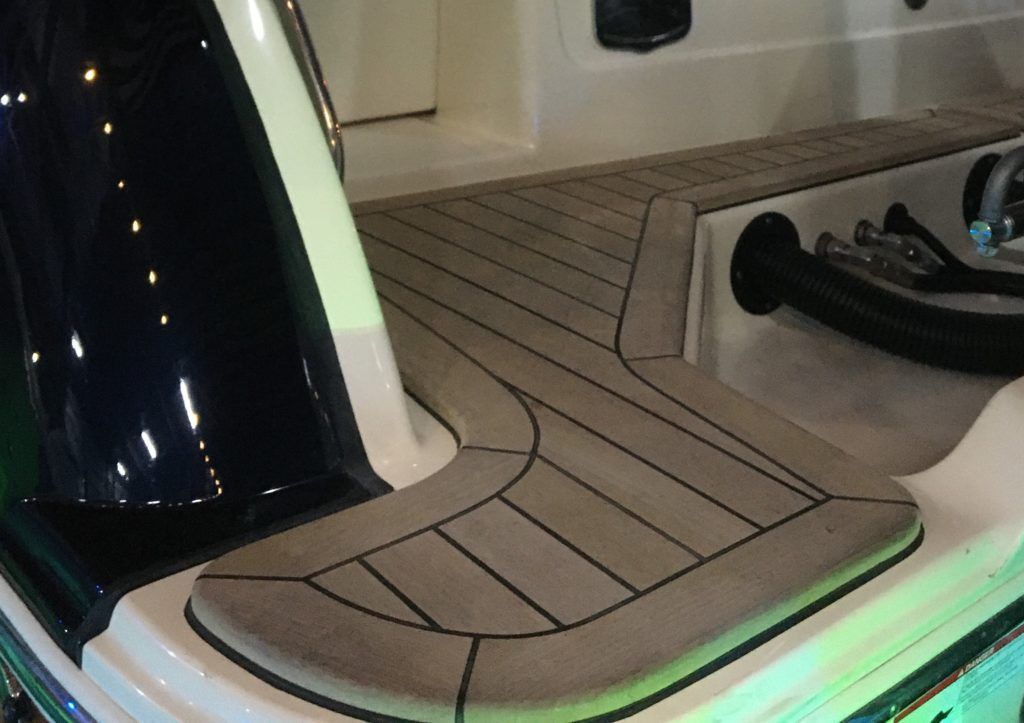
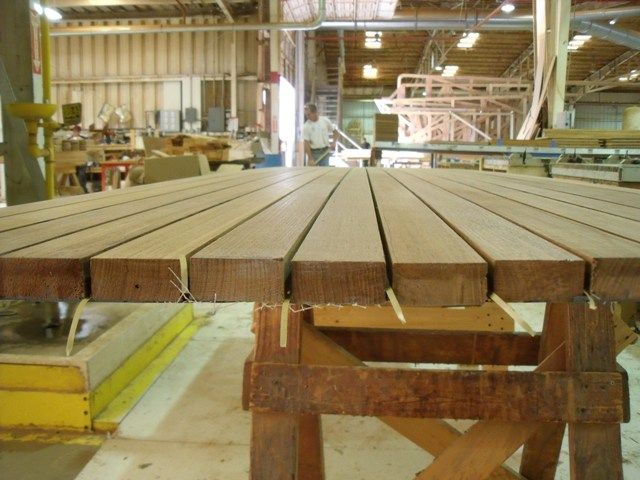

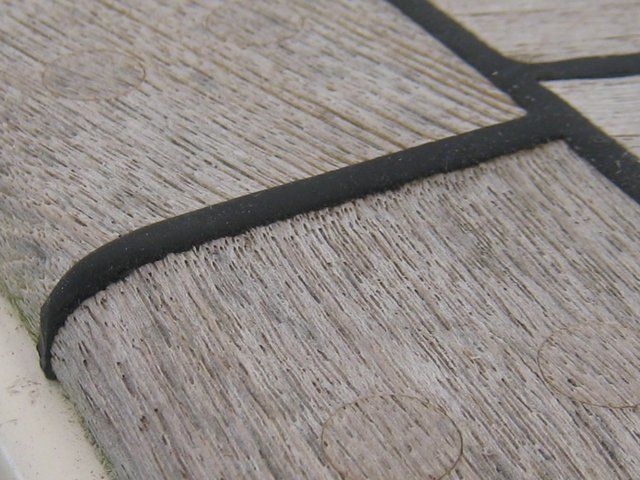

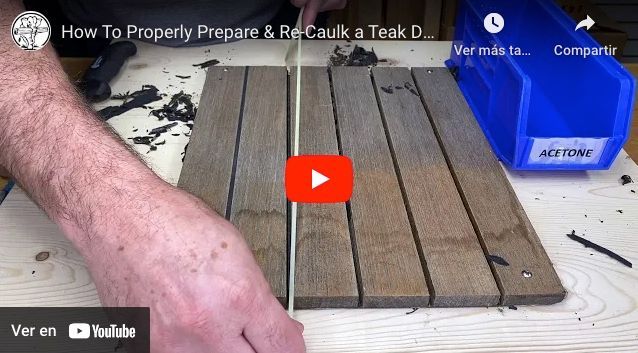











































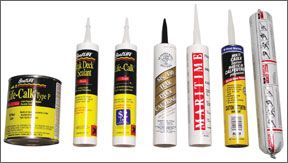







IMAGES
VIDEO
COMMENTS
Smooth sailing with sanding. Most boaters with a teak deck consider it a standard practice to sand the surface once a year before the start of a season. Sandpapers come in various grits—for a teak deck, between 80 and 120-grit is the ideal level. The higher the number of grit, the more slippery the deck will be, so a medium level is suitable ...
Teak Decks: Maintenance and Care Tips. When it comes to boat deck material, teak wood is the undisputed king. It's been used by boat builders for over 2,000 years, and is still considered the finest material for boat decks.
Remembering to oil a teak deck that has been cleaned and dried first —at least 24 hours of drying in advance for best results. Apply the oil with a paint brush and gentle strokes. In all likelihood, you may want to apply multiple thin coats. Teak deck maintenance shouldn't feel like a chore.
Removing the deck hardware; virtually everything was bolted through the deck. Removing the old teak and preparing the deck for bonding new teak. Cutting, bonding, and caulking the new teak. Re-installing the deck hardware. Removing the deck hardware took eight days with two people working 12 hour days.
Regardless of a boat owner's maintenance philosophy, most teak will eventually need a thorough cleaning—be it in preparation for fall layup, spring commissioning, or when readying the wood for oiling or varnishing. ... For regular washing of teak decks, we recommend using a soft-bristled brush or scrubbing pad and a mild detergent—or none ...
Although it's a potentially durable material for marine use, the teak used in decking can quickly deteriorate if not cared for correctly, leaving the owner with a significant bill for repair or replacement. Don't underestimate this; a new teak deck for a 40-foot boat will cost upwards of $30,000 (and it's a bill that all too frequently ...
In this video, I walk you through the complete process of restoring and maintaining a teak deck. From start to finish, I'll show you how to sand the teak to ...
1. Wet the teak down; 2. Apply part one (the caustic), spreading and lightly scrubbing with a bristle brush; 3. When the surface is a uniform wet, muddy brown, apply the second part (the acid), spreading with a clean bristle brush; 4. Apply and spread enough of the acid to turn the teak a uniform tan; 5.
TIPS TO EXTEND THE LIFE OF TEAK DECKING. Store boats under cover when possible. Bows and swim platforms often experience the most weather damage and require more maintenance, so protect these areas if possible. Create and adhere to a regular cleaning and maintenance program. Make repairs immediately.
Over time, it gradually changes appearance until it looks identical to teak. For more boat maintenance tips, read: Basic Boat Maintenance: How to Maintain a Boat; How to Restore Faded Gelcoat on a Boat; The Care and Feeding of Teak Decks; Editor's Note: This article was originally published in August 2000 and updated in January 2018 and June 2021.
Finishing with 80-grit leaves a nice unpolished teak surface that isn't slippery, but it might require some extra maintenance because the grain is left a little more open. An 80-grit sanding on the deck and a 120-grit finish on the covering boards might be a good solution for a boat with a crew that tends to their teak on a regular basis.
Teak decks look lovely as well as being hardwearing, grippy and gentle underfoot. The one downside to real teak is keeping it clean. Jon Mendez explains all....
The alternative is to put the boat in a shed somewhere. Anything is possible but it always costs. Replacing a teak deck is a massive job. To replace the decks on a 9m (30ft) boat is six weeks' work - three months for a 15m (50-footer). We are talking about many thousands of pounds and your boat out of action for a while.
Take a look at ourrange of charter boatsand head to some of our favouritesailingdestinations. Discover the allure of teak decks for boats, their rich history, durability, and maintenance tips. Whether you're a traditionalist or seek modern alternatives, this guide navigates the world of boat decking with elegance.
Dilute 1/4 to 1/3rd cup of the detergent in 2.5 gallons of water before applying. With a mop or soft scrub brush, apply the single-part cleaner or powdered detergent solution to your deck. If using a scrub brush, use care to only scrub across the teak's grain. For localized stains, put a drop or two of liquid dish detergent (like Joy) on a ...
Step 1: How to Clean Teak Wood. Start by soaking the teak with fresh water. Use a sponge to apply Part A, then use a soft bristle brush or a Scotch-Brite® pad to scrub lightly across the grain - not with the grain. If you scrub with the grain, you're pushing the dirt and grime down deeper, and you can actually do damage because you're ...
Many benefits are associated with teak decks including high durability, anti-slip properties (under all weather conditions), good insulation, and it is moisture-free. Routine teak deck maintenance is an important facet of yacht ownership if you plan on preserving it over the years. If looked after correctly teak decking can last up to 40+ years.
If you have to wash the decks use light pressure on a very soft-bristled brush and always brush across the grain. This will minimise removal of the soft timber between the grain and significantly reduce the rate of wear. On the other hand, using a stiff bristled brush, or worse still, a pressure washer, will maximise damage to the timber.
Now, teak is primarily a covering to the boat's structural subdeck. New teak decks are typically only 10 to 20 mm (3/8 to 3/4") thick. Therefore, less wood is needed for decking. ... This prevents proper cleaning and maintenance of the deck. A teak deck in this condition can be corrected by lightly sanding the deck to remove the ridges (if ...
For the typical production boat up to about 35′ the teak can be about 5/16″ thick, 3/8″ at the most. At this thickness the weight of the decking is about 112 lbs per square foot, not so much that it should seriously decrease stability. The problem with laying a deck this thin is that fastening is a problem.
In the first of a new 12-part series on boat maintenance Nick Burnham demonstrates the best way to clean your boat's teak decks. Motor Boat & Yachting's How ...
Rule 1 - Never use a high pressure hose to clean teak decks. As with most timbers, teak is made up of hard and soft grains. A high pressure hose will very quickly blast the soft grain out leaving the hard grain behind and you end up with a corduroy texture to the surface. This will eventually require sanding to level the surface again ...
The goal was to evaluate each product on the four basic qualities anyone choosing a teak-deck caulk would want: ease of application, adhesion, durability, and resistance to chemicals. The September 2006 issue reported on each product's ease of application, and in the March 2007 issue, Practical Sailor rated the caulks on pliability ...